Liminal House is a balance of threshold moments in West Vancouver
Liminal House, a cantilevered concrete dwelling on the shores of West Vancouver designed by local firm McLeod Bovell, offers a series of threshold moments
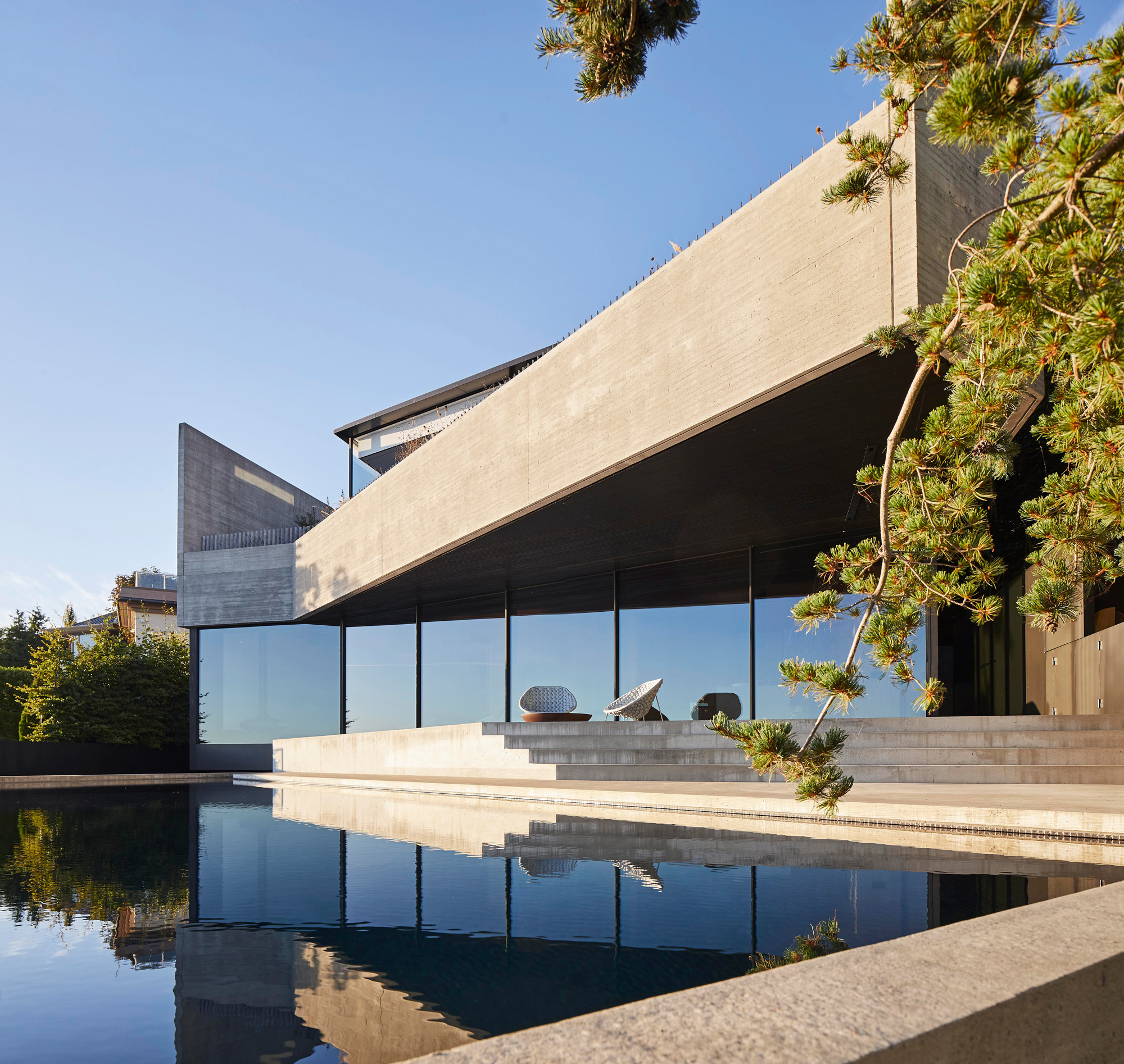
Liminal House comes by its name honestly. Cascading over the sea wall between the city and the harbour, between dense metropolis and wilderness, land and sand, it occupies a spectacular threshold, and not just physically. The couple who live here were at a juncture in their working and family lives when they hired designers Lisa Bovell and Matt McLeod of Vancouver practice McLeod Bovell (also behind the spectacular Eaves House in West Vancouver). ‘Their lives are like waves on the ebb – they are retreating professionally and personally at a moment when their children are turning into teens,’ says Bovell. ‘This house is a threshold moment for them as well.’ As a result, every element of their collaboration responds to that in-between state.
To understand the pivoted arrangement of concrete volumes, and their relationship to the contrasting oak interior, it helps to understand the untamed landscape of West Vancouver, where violent waves drag 10m logs onto the shore and a black bear might wander into your garden. ‘That shoreline changes on a daily basis,’ says Bovell. ‘To some degree, we’re simulating that motion within the house. It becomes a moment at the shoreline between the water and land.’ The environment, she says, has a way of seeping into the final product – not unlike the Dungeness crabs that creep along the beach. ‘It’s the shell and the belly,’ says McLeod. ‘The tough shell conceals a soft liner.’
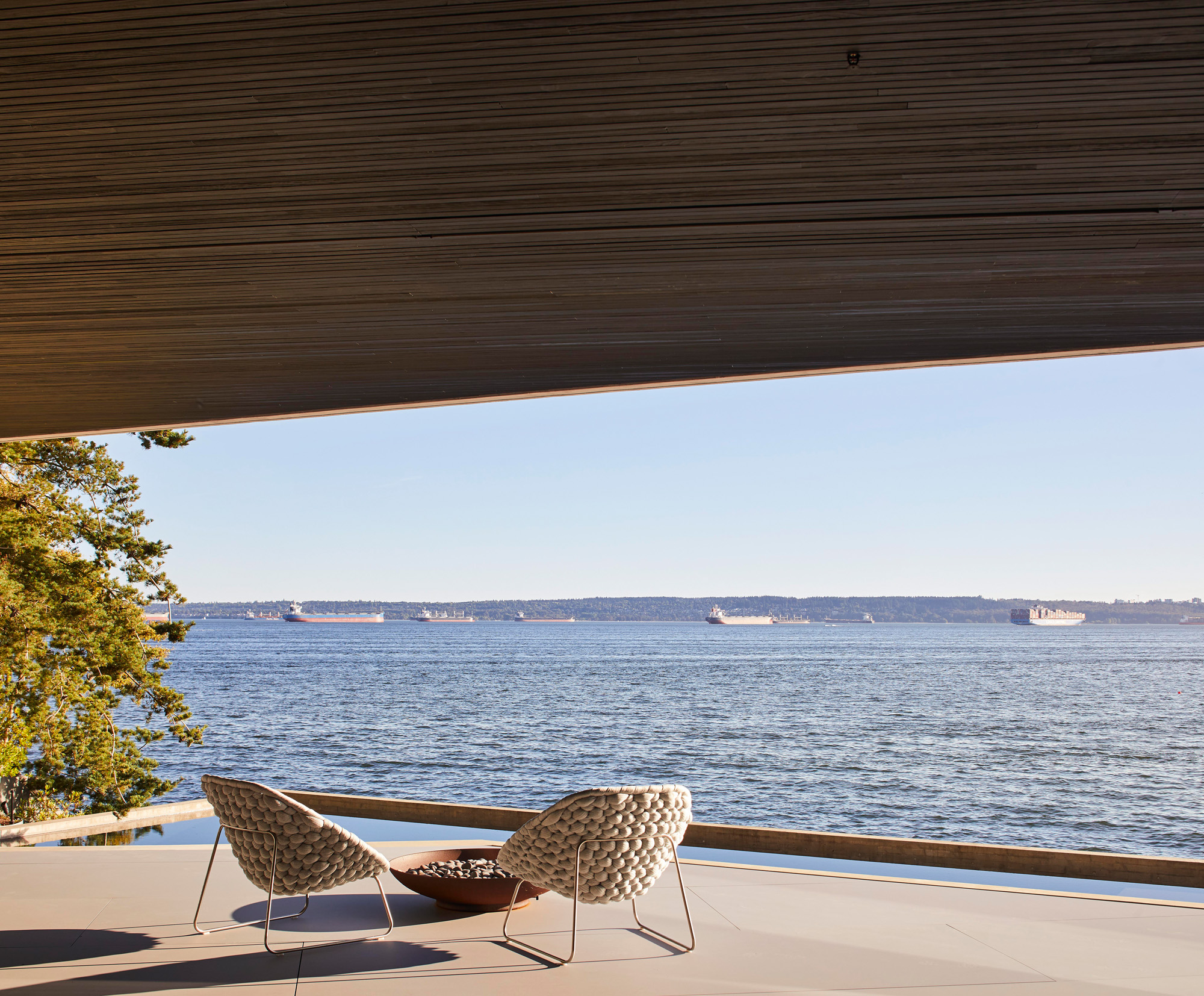
Endless vantage points offer spectacular views across the Burrard Inlet and beyond
Liminal House: built for the 'extravagant natural world’ of British Columbia
McLeod and Bovell have built a successful practice in the ‘extravagant natural world’ of British Columbia, in Canada’s far-west. Kicking off the Liminal build four years ago as a team of eight, they are now 16. Yet few of their projects are as evocative of their ‘moment’ as this house, both immersed in the earth and suspended above it. To achieve the 8m cantilever for the upper floor, workers dug into the soaring cliff face, planting 5m concrete fin walls joined by an immense concrete beam. Even within its narrow, urban-sized plot, this upper storey offers long, oblique infinity views through the landscape, while providing a protective shell for the main-floor terrace. ‘The house never blocks the experience from front to back or up and down,’ says McLeod. ‘There’s always a flow.’
Yet the structure doesn’t surrender completely to the ocean panorama, nor the stretch of skyline in the distance, nor the mountains and glaciers beyond that. ‘The view is really magnificent and it’s important to the house,’ says McLeod. ‘But other » experiences have to happen, too.’ Between the dramatic switchbacks, the multi-storey light wells and the sculptural steel-framed oak stairwell, the home constantly calls attention to itself. It is wonderfully meta.
Soft landscaping offers more distraction. It crops up wherever the building makes contact with solid ground, to take the edge off the board-formed concrete and black-coated aluminium. A barge and crane were enlisted to furnish the 200 sq m roof garden with tall pines and native grasses. The main bedroom and ensuite have the best vantage point from which to take it all in, with full-height glass panels that slide all the way.
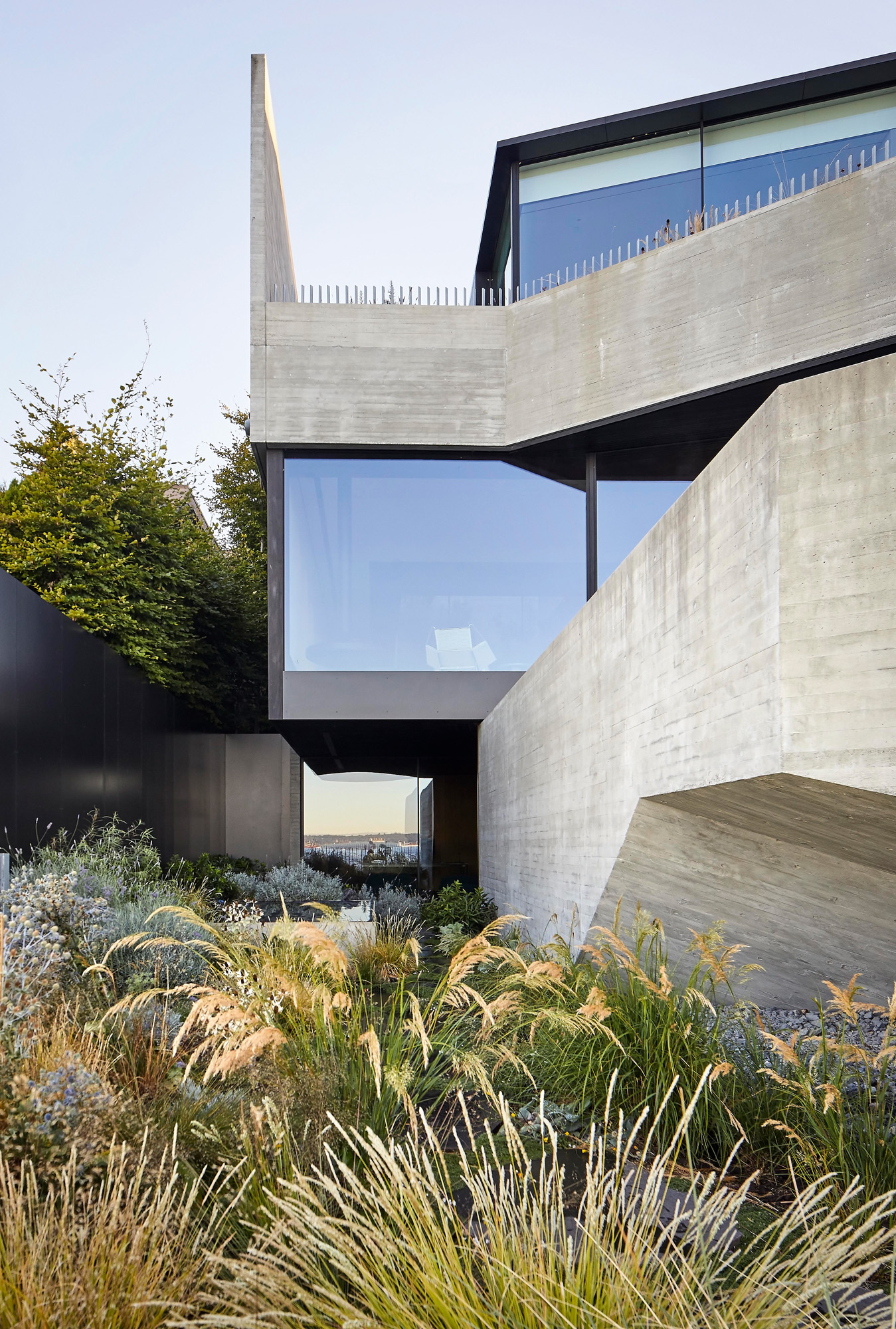
Soft landscaping takes the edge off the concrete and black-coated aluminium
Downstairs, the main floor is a funhouse of views and reflections, from the entrance at street level to the southern façade with its folding banks of glass, suddenly hovering over land that has dropped away. Between them are two landscaped courtyards shrouded in glass, turning the core into, says McLeod, ‘a bit of a jellyfish – you see the guts’. Those courtyards are instrumental for drawing light into the depths of the interior.
‘After years of working with these courtyards, we’ve found a good deal of light can make its way down,’ says McLeod. ‘There’s a great experience at subterranean level, even so far away from the source of light.’ It’s not for nothing. Hosting a sauna, wet bar and ‘showroom’ for the owners’ collection of rare sports cars, the lowest level gets plenty of traffic, yet shafts of light dance around the oak millwork and the sintered stone flooring.
Wallpaper* Newsletter
Receive our daily digest of inspiration, escapism and design stories from around the world direct to your inbox.
For all the brawn and hefty angularity of its exterior form, Liminal House is amazingly animated. Glimpses of the terrace, swimming pool and harbour ricochet around the living spaces, creating their own sense of motion. ‘In that endless refraction of light and sight, you’re always seeing two or three things at once,’ says McLeod. ‘It’s a slight disorientation. Your eye is constantly moving back and forth and trying to focus.’
To be clear: this extra-sensory experience is a good thing. McLeod clarifies. ‘Where there’s a bit of disorientation, a doubt about where you are, those are rich experiences,’ he says. ‘The brain is always trying to normalise something, to make sense of it. To us, that’s the death of something interesting.’
This article appears in the November 2023 Art Issue of Wallpaper*, available in print, on the Wallpaper* app on Apple iOS, and to subscribers of Apple News +. Subscribe to Wallpaper* today
Based in London, Ellen Himelfarb travels widely for her reports on architecture and design. Her words appear in The Times, The Telegraph, The World of Interiors, and The Globe and Mail in her native Canada. She has worked with Wallpaper* since 2006.
-
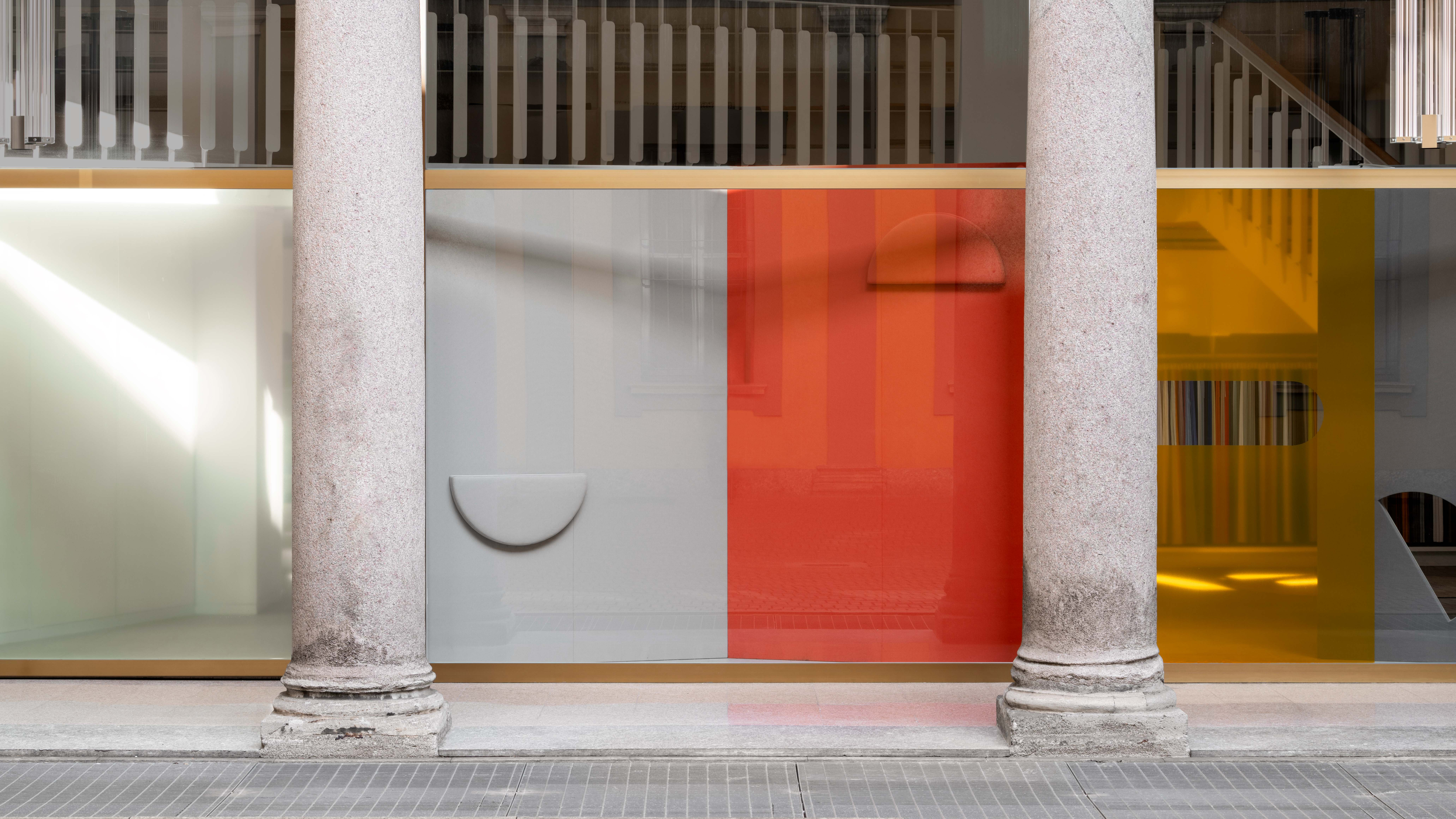 Kapwani Kiwanga transforms Kvadrat’s Milan showroom with a prismatic textile made from ocean waste
Kapwani Kiwanga transforms Kvadrat’s Milan showroom with a prismatic textile made from ocean wasteThe Canada-born artist draws on iridescence in nature to create a dual-toned textile made from ocean-bound plastic
By Ali Morris
-
 This new Vondom outdoor furniture is a breath of fresh air
This new Vondom outdoor furniture is a breath of fresh airDesigned by architect Jean-Marie Massaud, the ‘Pasadena’ collection takes elegance and comfort outdoors
By Simon Mills
-
 Eight designers to know from Rossana Orlandi Gallery’s Milan Design Week 2025 exhibition
Eight designers to know from Rossana Orlandi Gallery’s Milan Design Week 2025 exhibitionWallpaper’s highlights from the mega-exhibition at Rossana Orlandi Gallery include some of the most compelling names in design today
By Anna Solomon
-
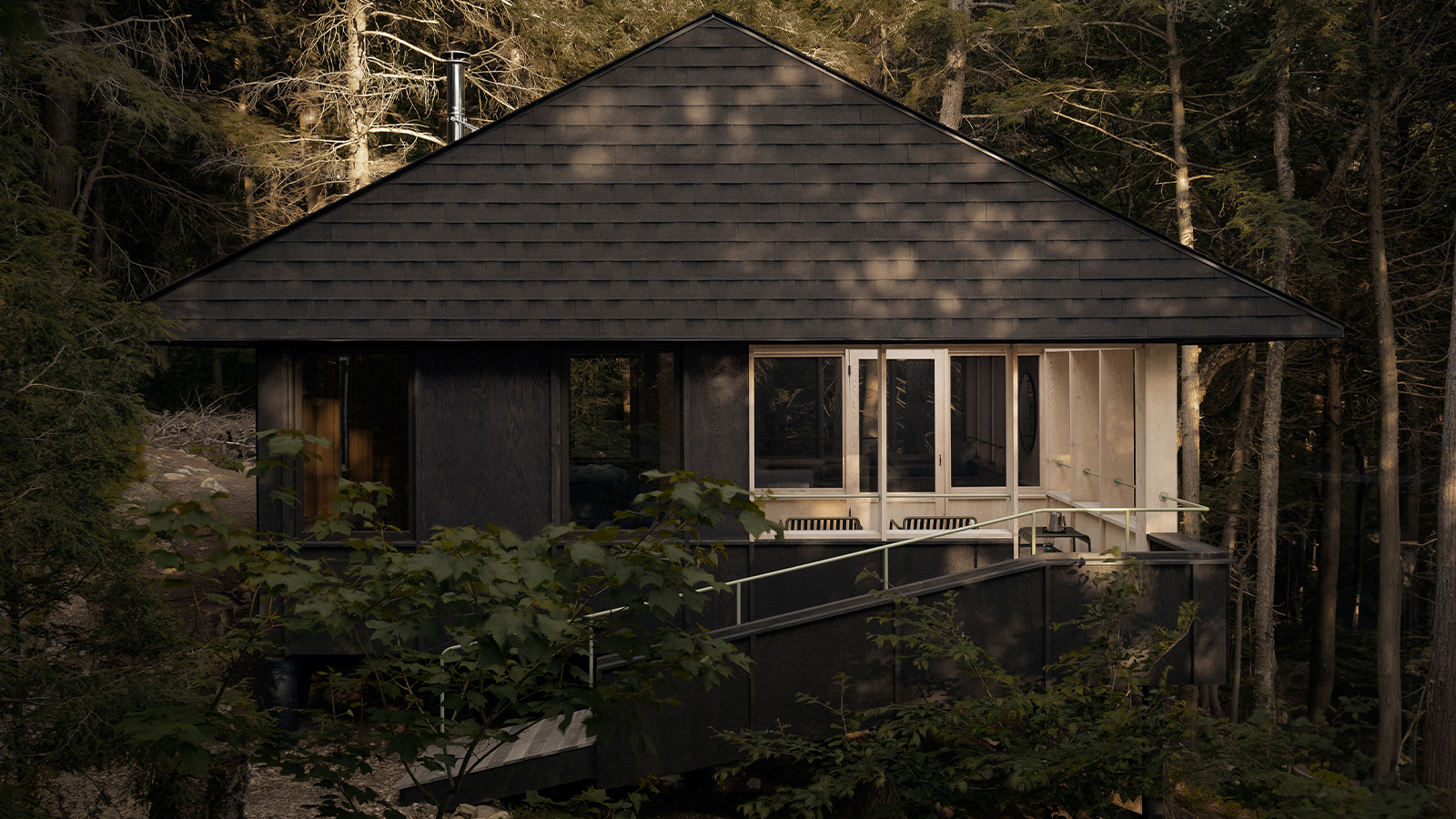 Smoke Lake Cabin is an off-grid hideaway only accessible by boat
Smoke Lake Cabin is an off-grid hideaway only accessible by boatThis Canadian cabin is a modular and de-mountable residence, designed by Anya Moryoussef Architect (AMA) and nestled within Algonquin Provincial Park in Ontario
By Tianna Williams
-
 Ten contemporary homes that are pushing the boundaries of architecture
Ten contemporary homes that are pushing the boundaries of architectureA new book detailing 59 visually intriguing and technologically impressive contemporary houses shines a light on how architecture is evolving
By Anna Solomon
-
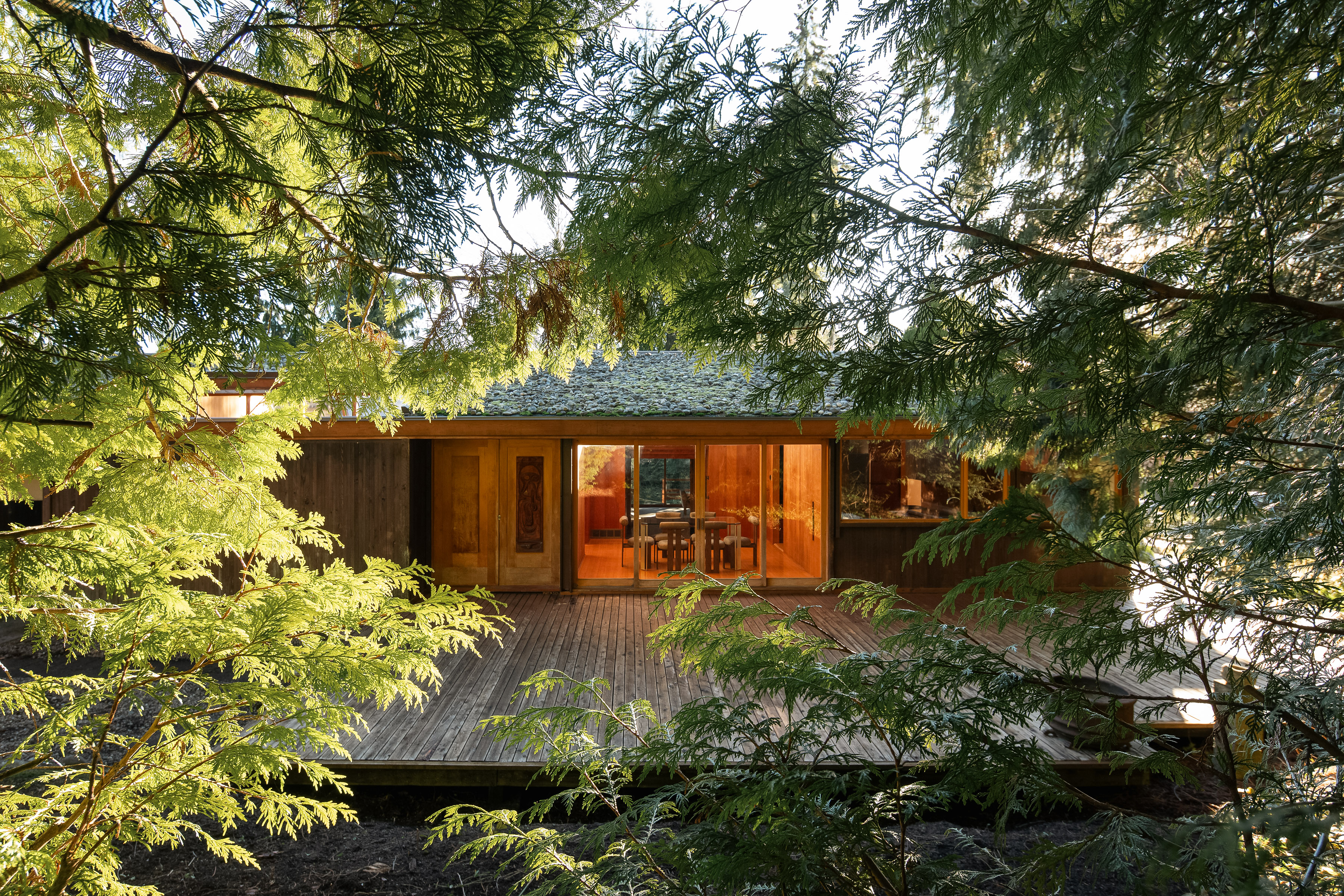 Explore the Perry Estate, a lesser-known Arthur Erickson project in Canada
Explore the Perry Estate, a lesser-known Arthur Erickson project in CanadaThe Perry estate – a residence and studio built for sculptor Frank Perry and often visited by his friend Bill Reid – is now on the market in North Vancouver
By Hadani Ditmars
-
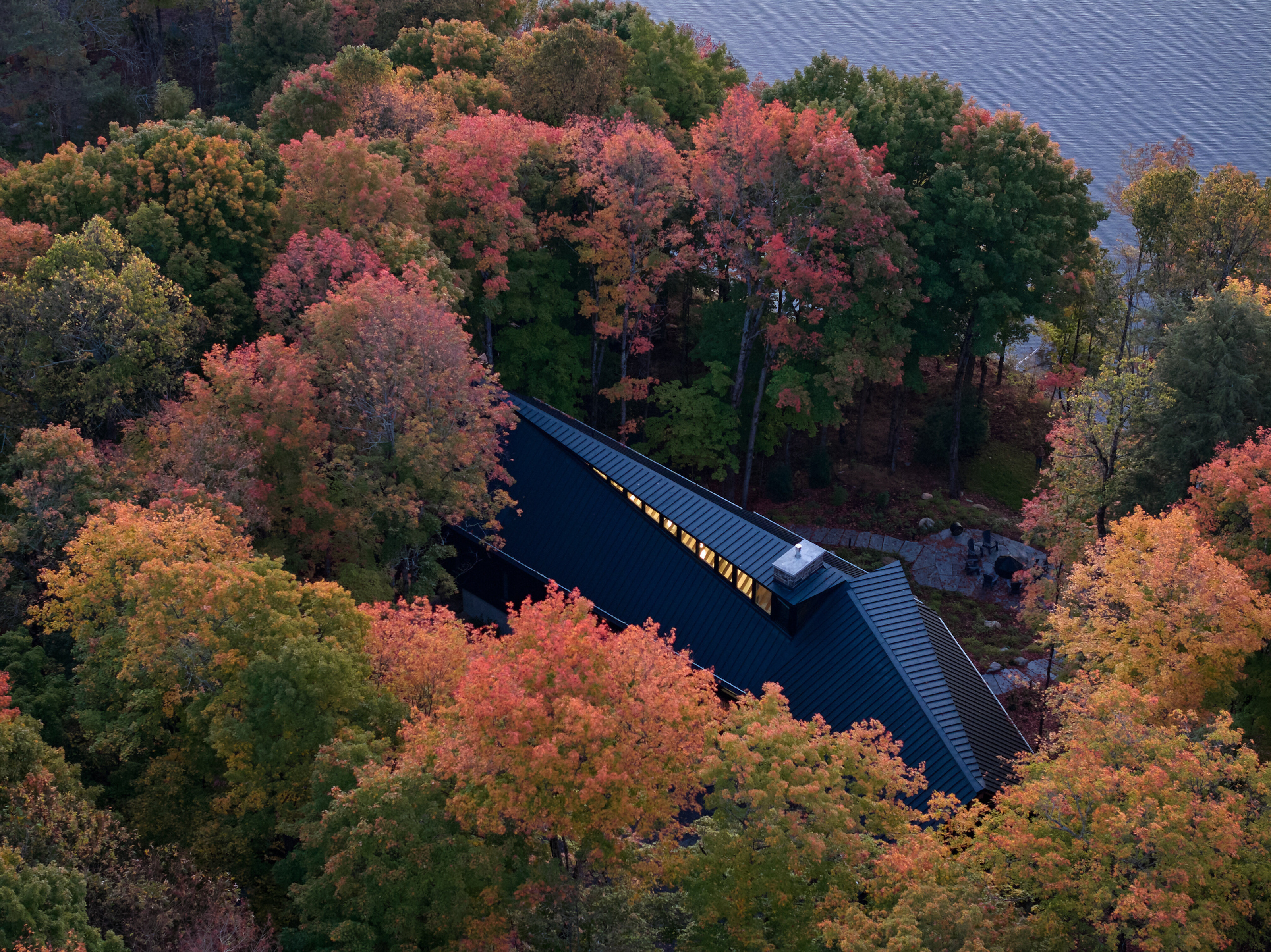 A new lakeshore cottage in Ontario is a spectacular retreat set beneath angled zinc roofs
A new lakeshore cottage in Ontario is a spectacular retreat set beneath angled zinc roofsFamily Cottage by Vokac Taylor mixes spatial gymnastics with respect for its rocky, forested waterside site
By Jonathan Bell
-
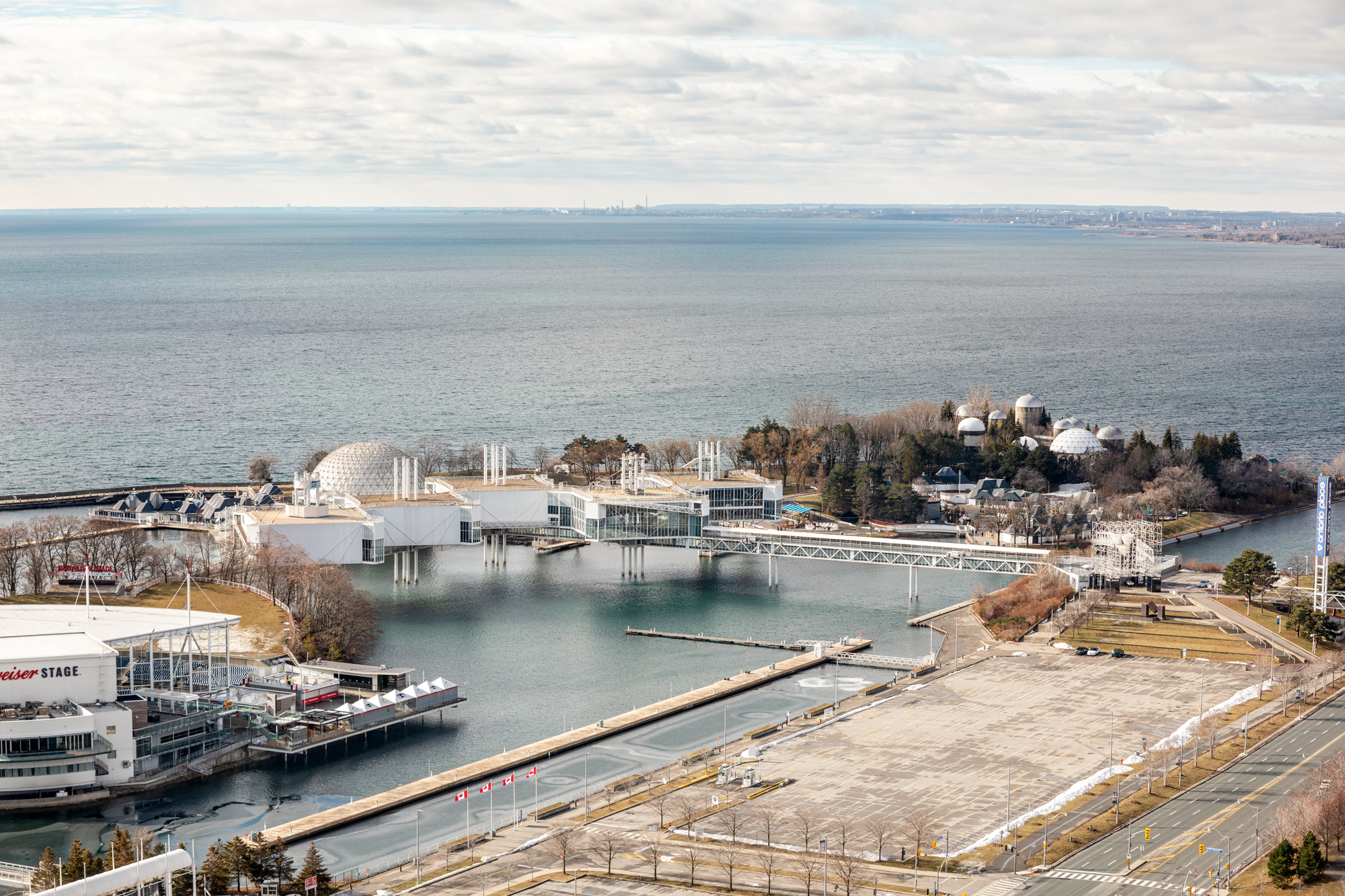 We zoom in on Ontario Place, Toronto’s lake-defying 1971 modernist showpiece
We zoom in on Ontario Place, Toronto’s lake-defying 1971 modernist showpieceWe look back at Ontario Place, Toronto’s striking 1971 showpiece and modernist marvel with an uncertain future
By Dave LeBlanc
-
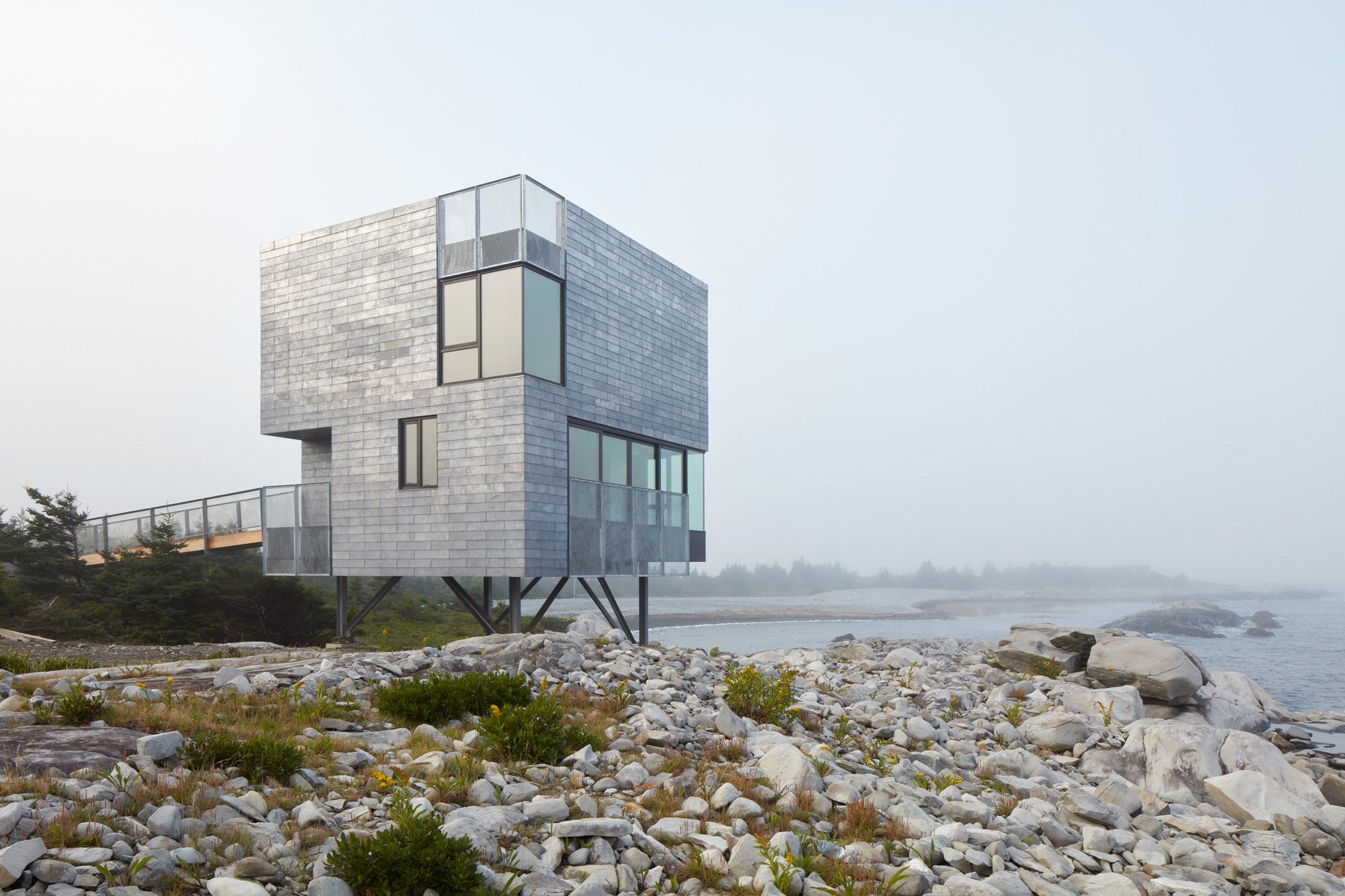 This Canadian guest house is ‘silent but with more to say’
This Canadian guest house is ‘silent but with more to say’El Aleph is a new Canadian guest house by MacKay-Lyons Sweatapple, designed for seclusion and connection with nature, and a Wallpaper* Design Awards 2025 winner
By Ellie Stathaki
-
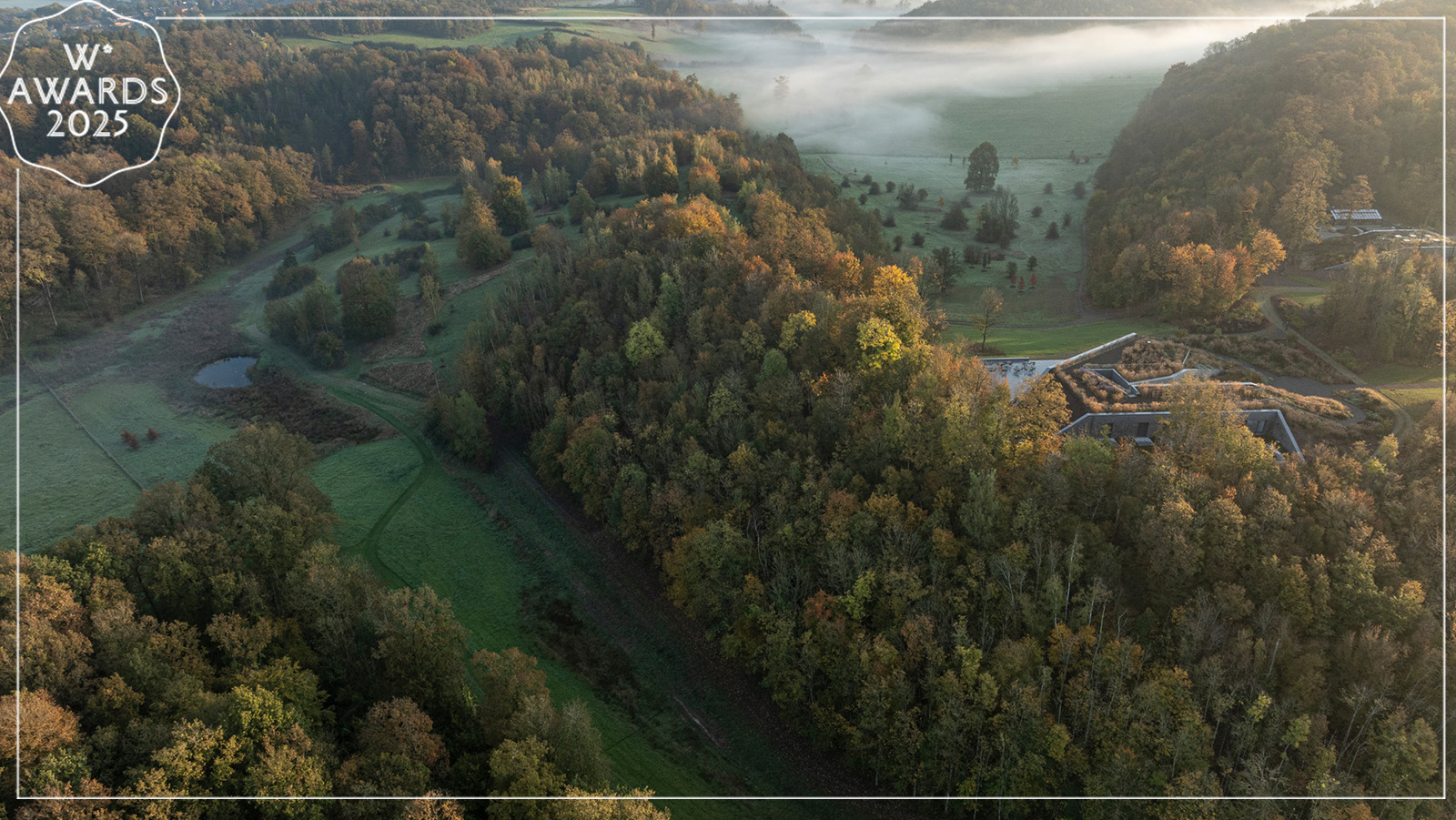 Wallpaper* Design Awards 2025: celebrating architectural projects that restore, rebalance and renew
Wallpaper* Design Awards 2025: celebrating architectural projects that restore, rebalance and renewAs we welcome 2025, the Wallpaper* Architecture Awards look back, and to the future, on how our attitudes change; and celebrate how nature, wellbeing and sustainability take centre stage
By Ellie Stathaki
-
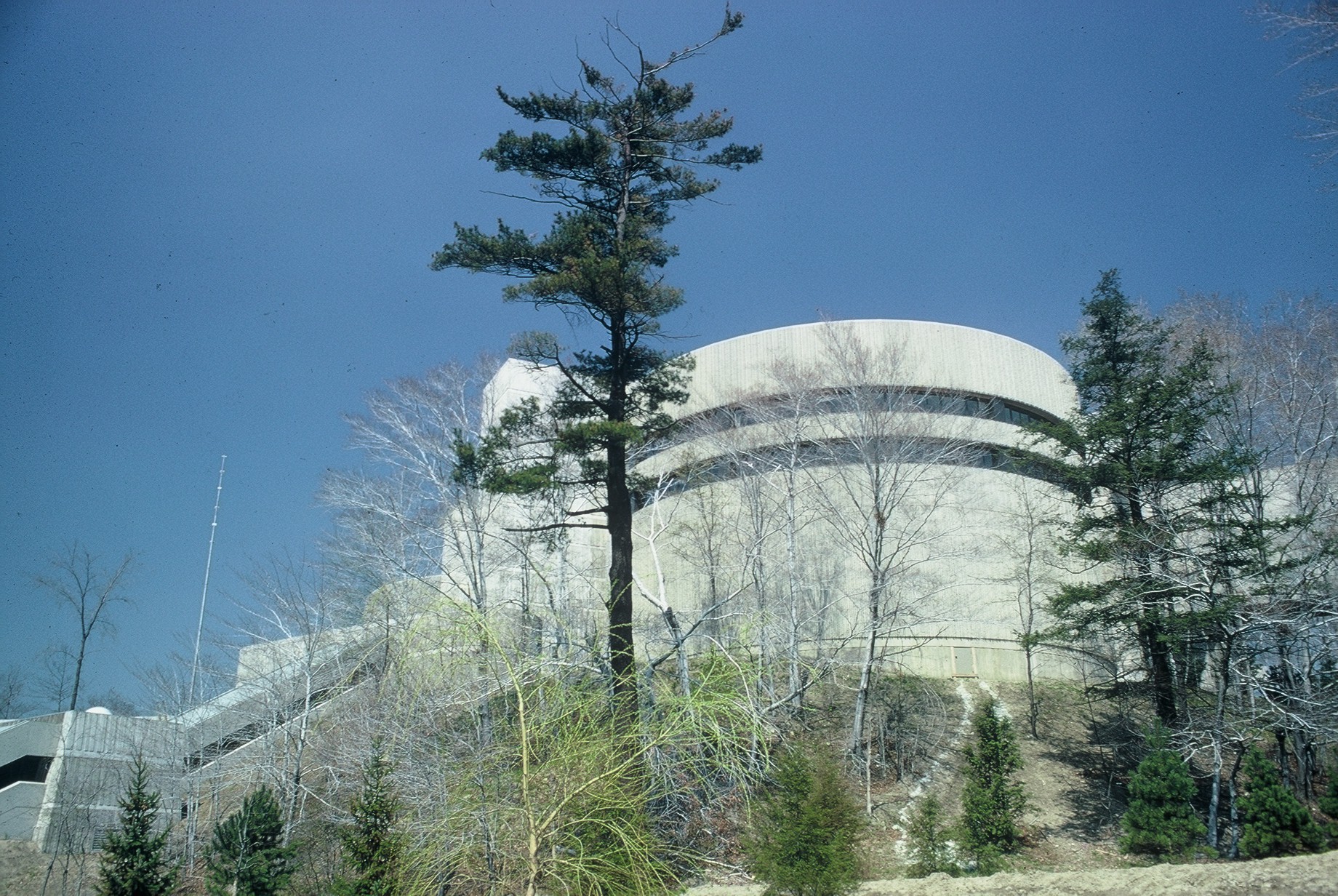 The case of the Ontario Science Centre: a 20th-century architecture classic facing an uncertain future
The case of the Ontario Science Centre: a 20th-century architecture classic facing an uncertain futureThe Ontario Science Centre by Raymond Moriyama is in danger; we look at the legacy and predicament of this 20th-century Toronto gem
By Dave LeBlanc